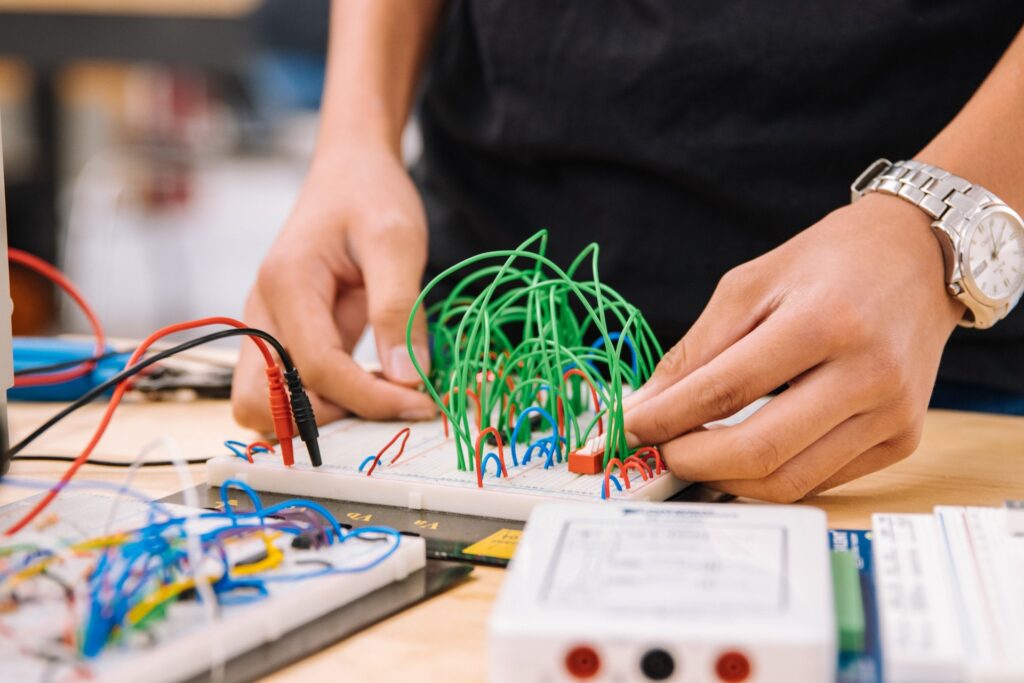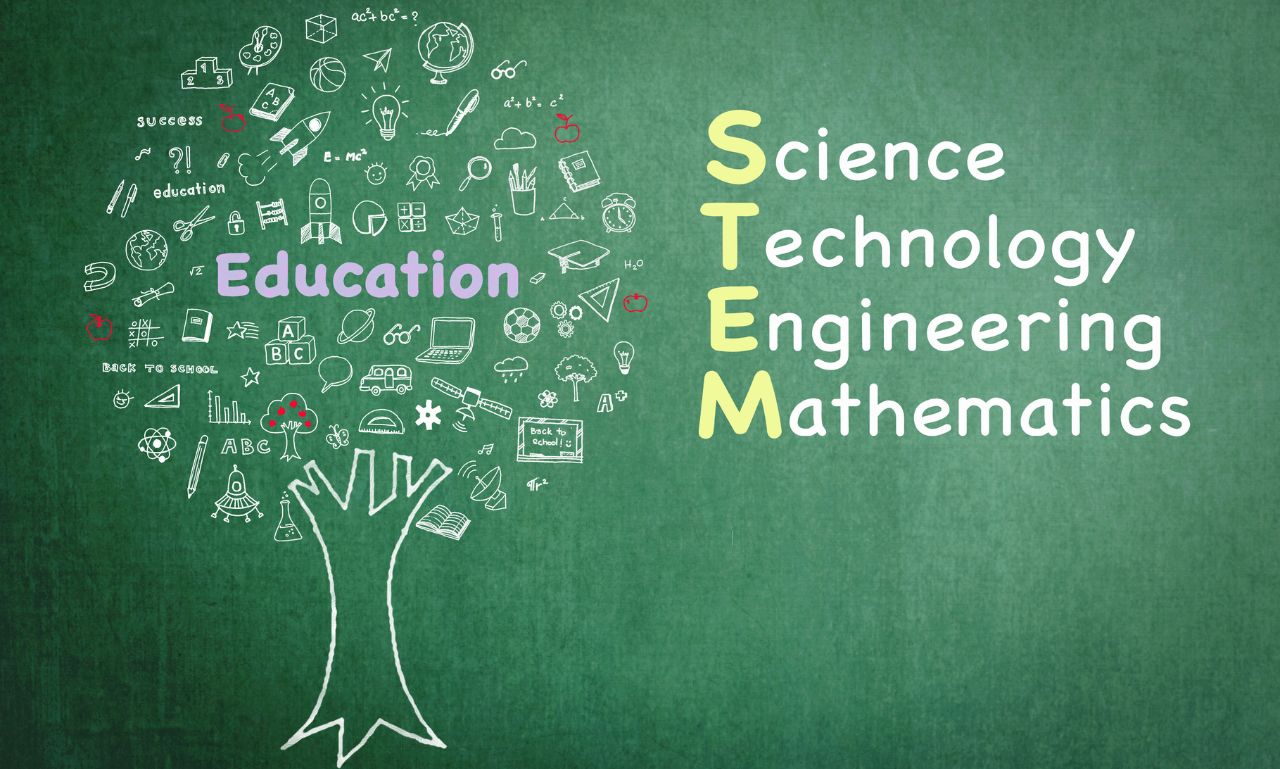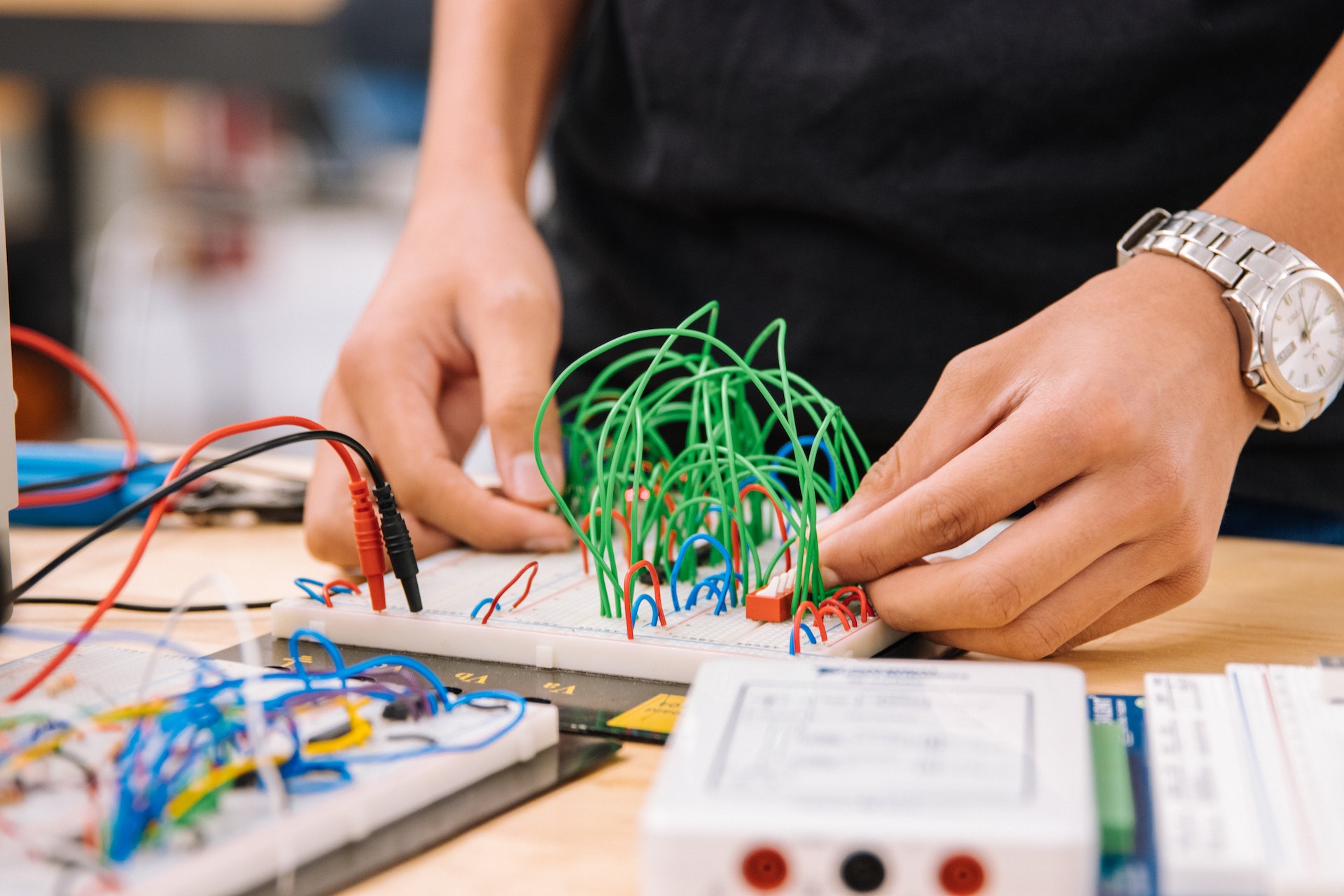Engaging students in STEM (science, technology, engineering, and mathematics), subjects can be challenging yet rewarding for teachers. Whether motivating children to learn to code or inspiring an interest in chemistry, the key to engaging them is creating dynamic lesson plans that give context and purpose. By making STEM topics relevant to students’ lives through interactive activities and real-world application of concepts being covered, Shawn Joseph, former superintendent, and co-director of the urban superintendent academy at Howard University, believes classrooms can become hubs of discovery where creativity and exploration are nourished rather than stifled.

Encourage Students To Explore Their Interests
Like any other subject, students will always be more invested in subjects they are interested in. STEM allows students to explore their passions and interests through STEM topics they can study during class. For instance, teachers can create opportunities for students to learn about robotics by having them program a robot to operate, or engineering classes could have students design their projects with the help of 3D printing kits.
Allowing students the freedom to choose their project ideas can provide valuable insight into their interests and abilities, giving the teacher a better idea of how to guide them in their studies. It also shows students that the learning process doesn’t have to be boring and instead can be an exciting journey of discovery.
Make STEM Subjects Relevant
Making STEM relevant to students’ daily lives is a great way to keep them engaged. This can be done by showing how concepts are used in everyday settings or by creating exercises that allow students to experiment with applications of what they have learned. For instance, if a student is learning to code, creating a game that applies the coding concepts they are learning could be an effective way to make the material relevant and engaging.
Students can see that the concepts they are learning have practical applications by using real-world applications, such as engineering a bridge or designing a 3D model. These activities will also help to connect abstract concepts and make them more understandable for students. Simulators and virtual learning can also be used to demonstrate real-world applications of STEM topics.
Integrate Technology Into The Classroom
Using technology in the classroom can be a great way to make STEM topics more attractive to students. There are online tools available that can help students learn and understand concepts quickly and effectively, such as coding programs or 3D printing kits. Teachers can also create virtual classrooms where students can interact with each other and discuss their work.
Technology also provides an easy way to track student performance, enabling teachers to develop individual strategies for each student and set goals accordingly. Finally, technology can also create virtual simulations of real-world environments, allowing students to practice what they have learned in a more realistic setting.
Leverage Gaming
Using gaming to engage students in STEM can be a great way to make topics more accessible and enjoyable. Games such as Minecraft or Roblox are popular amongst younger generations and could be used to teach coding, engineering, and mathematics principles. Additionally, using online games with an educational component is a great way to encourage students to practice their skills and get feedback on their performance.
By incorporating gaming into the classroom, students will be more inspired to learn STEM topics and get excited about the possibilities of applying them in real-world situations. Games can also make learning more enjoyable, as students can challenge themselves to see how far they can progress in a game or leaderboard.
Final Thoughts
Introducing students to STEM topics can be challenging yet rewarding for teachers. By making STEM topics relevant to students’ lives, integrating technology into the classroom, and leveraging gaming, teachers can create dynamic learning experiences that will engage students and help them gain a deeper understanding of the covered concepts. With these strategies in place, classrooms can become hubs of exploration where creativity and curiosity are nourished instead of stifled.








